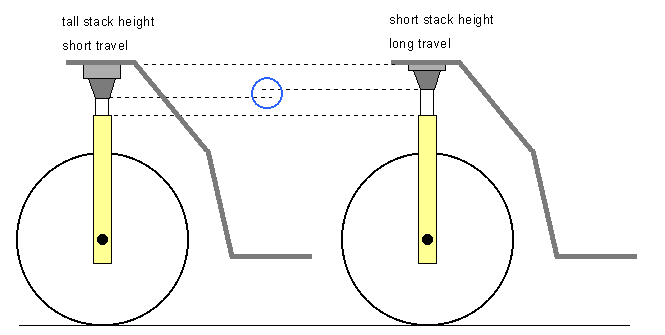Figure 2 shows two cars set at identical ride height. Both cars have strut suspension, but the
car on the right has more travel than the car on the left (indicated by the blue circle).
This is because the car on the right
has upper strut bearings which have a shorter "stack height". The shorter stack height allows
the bump stop to sit higher up relative to the chassis, and this in turn increases available
suspension travel. In general, camber plates have shorter stack heights than factory strut
bearings because they do not incorporate a thick rubber pad. Camber plates use a solid
spherical bearing to hard mount your strut to the chassis (an exception are the K-Mac camber/
caster plates, which use a thick poly-urethane pad).
|
|
Most people associate solid camber plates with a harsh ride, due to the lack of a thick rubber
or poly-urethane pad to act as a cushion. I have found that this is not necessarily the case.
If the solid camber plate has a short stack height, then the increased travel means that the
suspension stays in the range where only the spring is needed to absorb bumps. Thus there are
no dramatic increases in the spring rate caused by bump stop interaction. The overall effect
is that the ride is actually smoother in some ways. Sure, you feel more through the seat of
your pants, and there is an increase in "noise". But you no longer cringe when you see a big
bump or pothole coming up. There's just a "whump" as the spring absorbs the impact. No crashing.
|
|
To read more about camber plates and stack height
click here...
|

